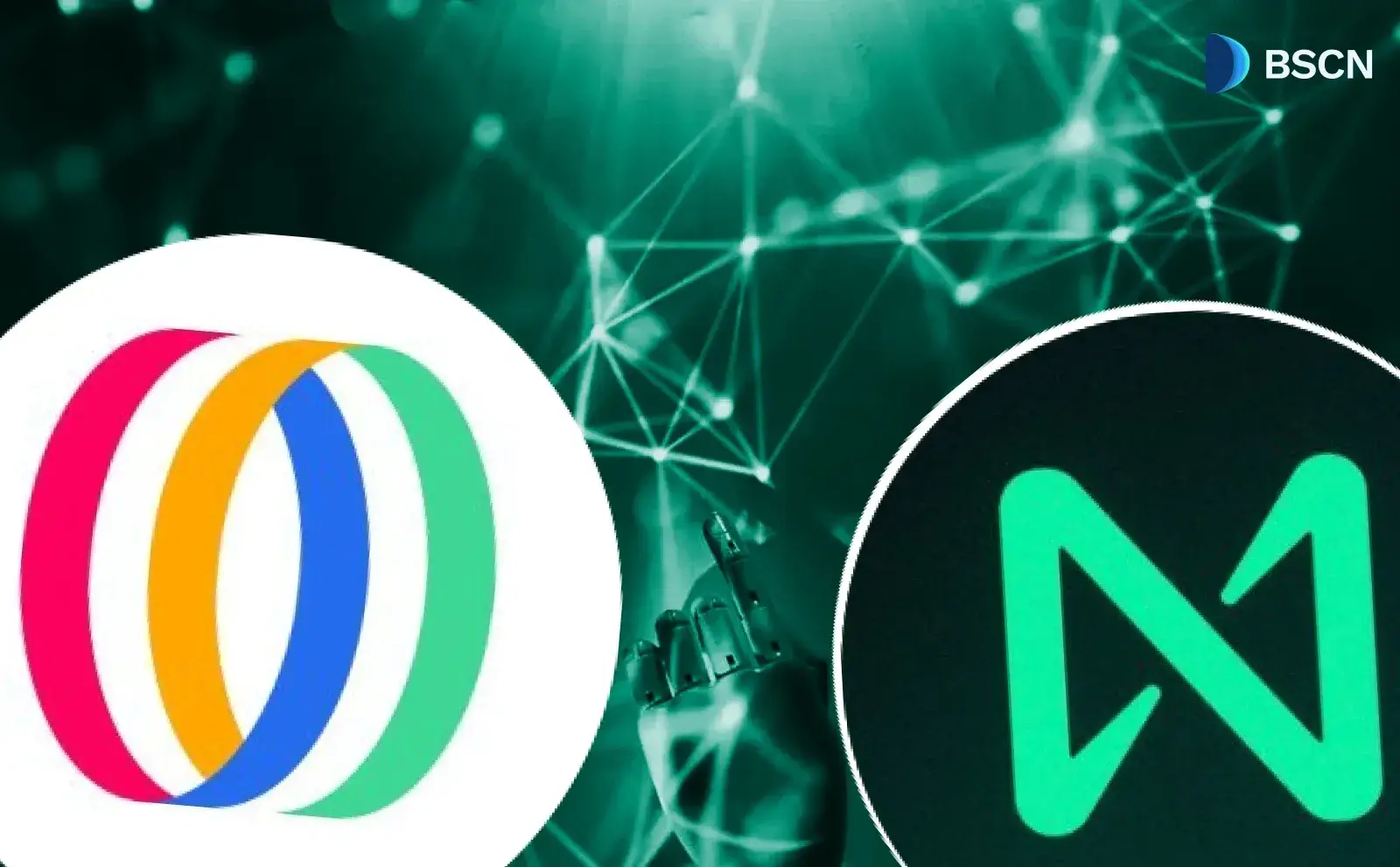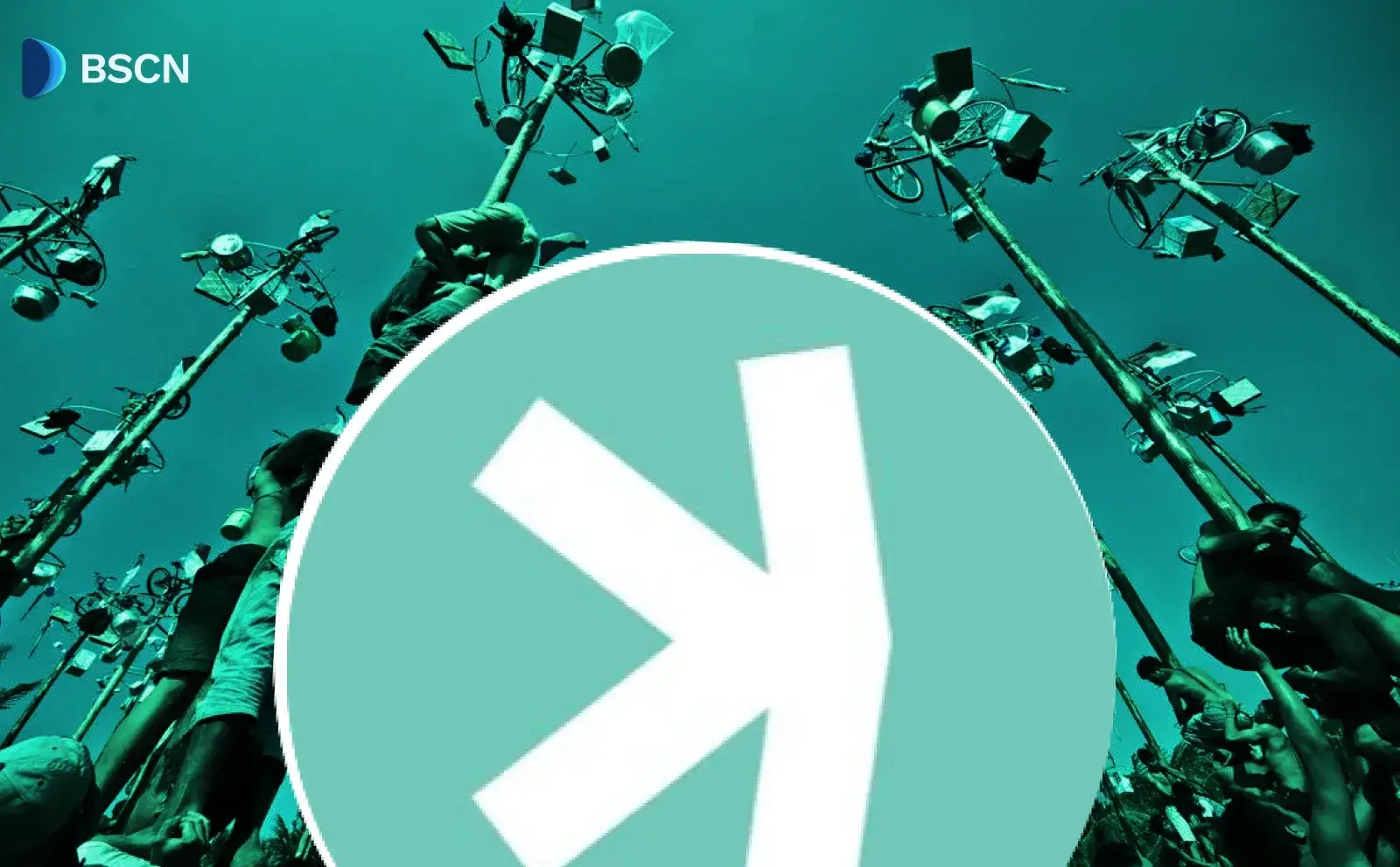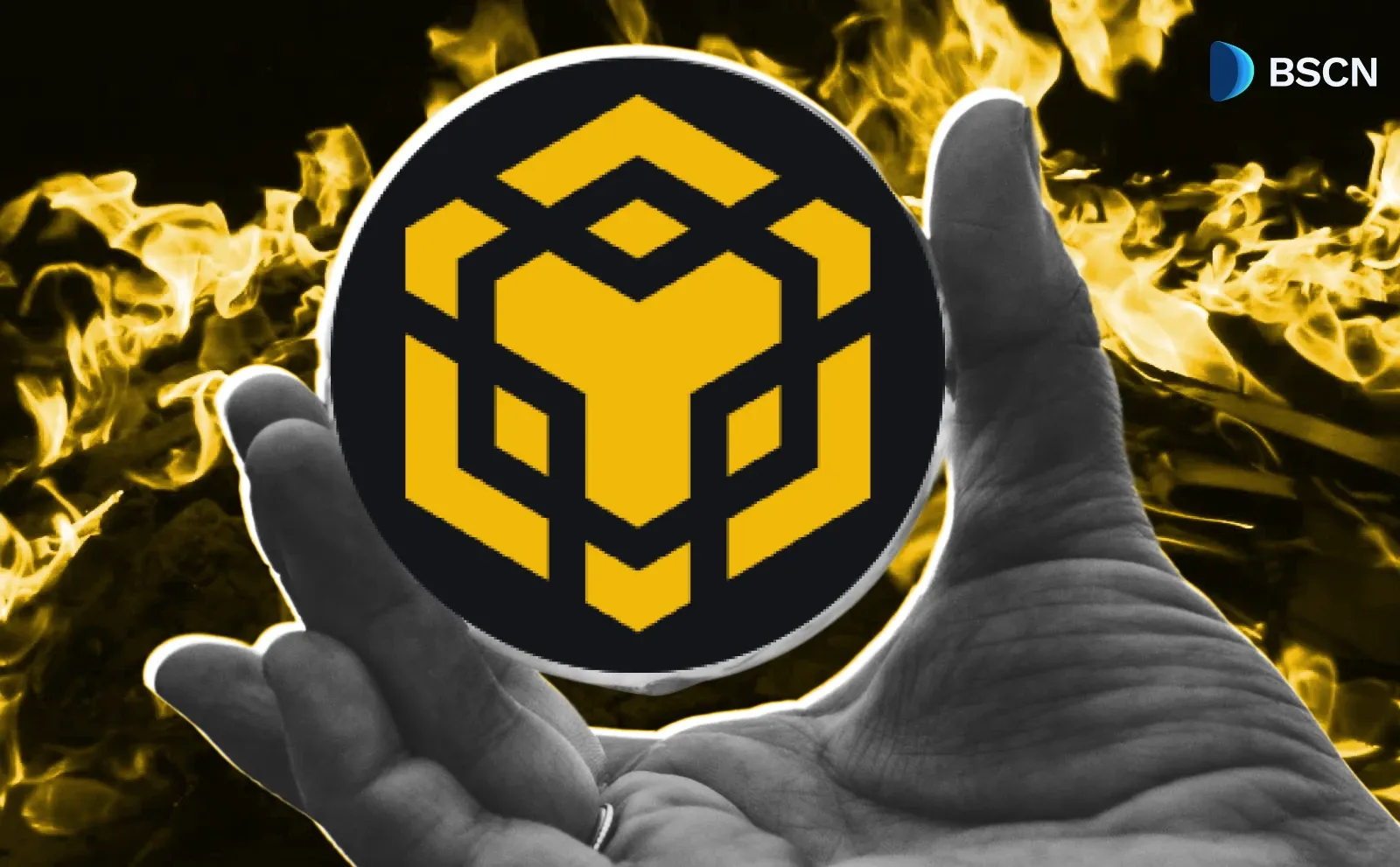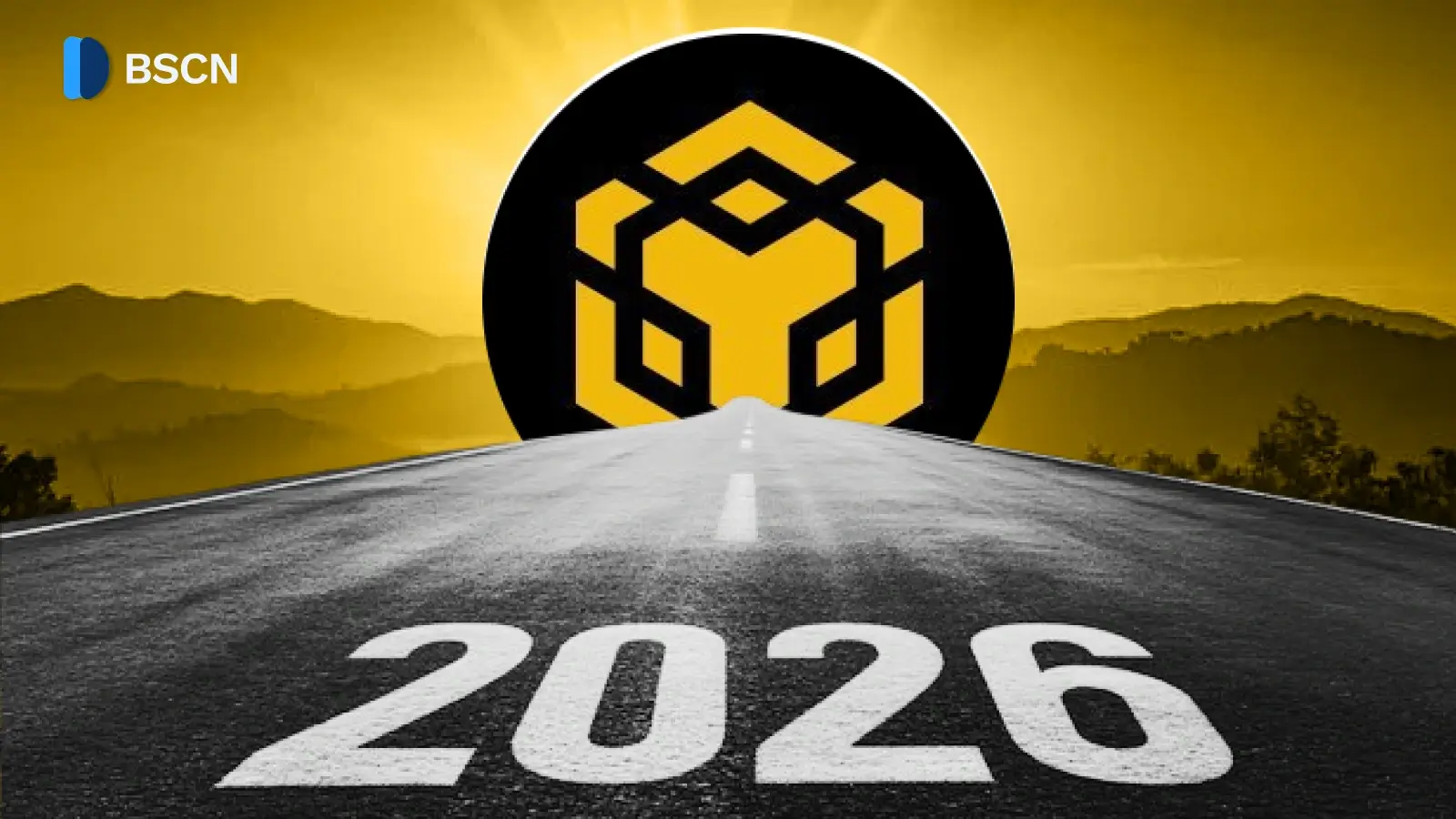Research
(Advertisement)
Exploring Mitosis: The Blockchain Network for Programmable Liquidity in DeFi
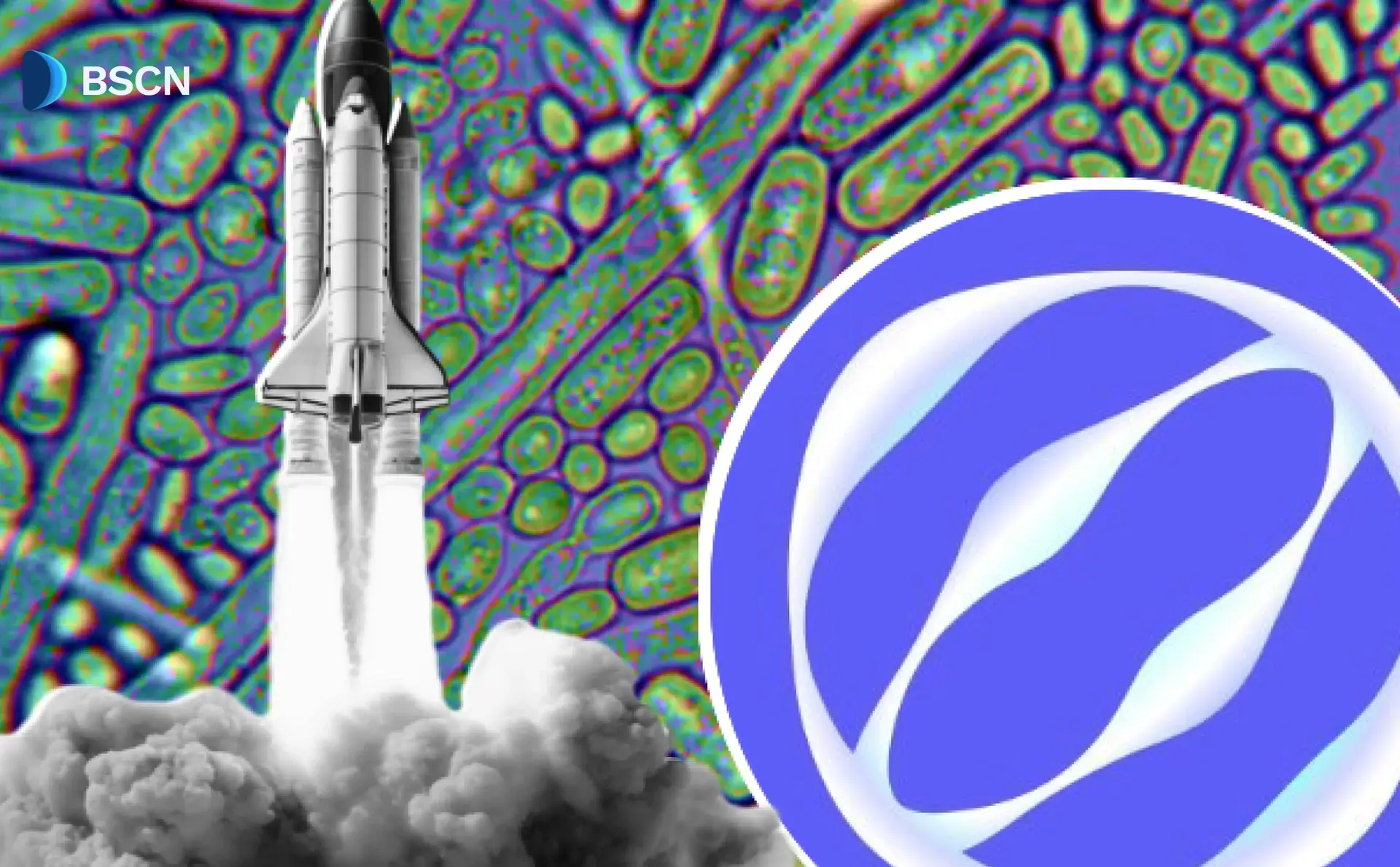
Mitosis revolutionizes DeFi with programmable liquidity on a Cosmos SDK-based L1 blockchain, enabling cross-chain yields via EOL and Matrix.
UC Hope
July 15, 2025
(Advertisement)
Table of Contents
Over the years, numerous Decentralized Finance (DeFi) protocols have emerged with their novel use cases, tailored to address several issues faced within the blockchain industry. Mitosis is one such platform, focusing on addressing liquidity challenges across blockchain networks. Launched as "The Network for Programmable Liquidity," the blockchain platform aims to tokenize liquidity positions into programmable assets, enabling more efficient capital use in a multi-chain environment.
Mitosis operates as an L1 blockchain built on the Cosmos SDK with Ethereum Virtual Machine (EVM) compatibility, designed to facilitate cross-chain liquidity without relying on bridges or intermediaries. One of its key features is its Ecosystem-Owned Liquidity (EOL), where users collectively manage and optimize assets through governance.
Like we do with every other deep dive, this article examines the project's origins, technology, team, and current standing, based on information from public sources and community discussions.
What is Mitosis? A Detailed Overview
Mitosis serves as a specialized protocol that redefines how liquidity functions within DeFi by converting standard positions into flexible, programmable elements. This innovation directly tackles core issues in existing DeFi setups, where providing liquidity often results in rigid, non-transferable commitments that limit further utility. Additionally, top-tier earning prospects are frequently restricted to major players capable of securing bespoke deals, perpetuating disparities akin to those in conventional banking.
The system works by allowing deposits into dedicated Mitosis Vaults on various blockchains, which in turn generate corresponding Hub Assets on the project's native chain. These assets can then be directed toward income-producing avenues via two primary systems: EOL for shared oversight and voting on resource distribution, or Matrix for structured, pre-defined engagement programs. Each path produces distinct tokens, miAssets from EOL and maAssets from Matrix, that embody the user's stake.
A standout aspect is the versatility of these tokens, which serve as foundational units for complex financial operations. Rather than remaining confined to single pools, as in typical DeFi, they support activities such as exchanging, securing loans, separating base value from earnings, or assembling novel tools. This flexibility opens doors to enhanced management techniques. The underlying Mitosis Chain offers tailored support for apps utilizing these functions, facilitating intricate exchanges and strategic planning.
Efficiency gains arise from pooled resources, enabling group negotiations and broadening access to premium returns. Uniform structures and clear valuation promote fair assessments and terms. Governance, especially within EOL, empowers holders to shape deployment choices directly.
At its core lies a robust synchronization mechanism that links operations across chains to the main network, handling income tracking, deductions, and bonuses precisely. This backbone facilitates the creation of layered products built on top of the tokens, spurring the development of innovative DeFi tools.
Overall, Mitosis shifts the liquidity model toward one where holdings become dynamic parts of an advanced framework, blending inclusive yield access with cutting-edge capabilities for a fairer, more inventive sector. As noted in the project's documentation, "By aggregating individual deposits, Mitosis gives all participants access to preferential yields previously reserved for large-scale providers."
History and Development of Mitosis
Mitosis first gained public visibility in early 2024 with an introductory post on Medium dated February 22, 2024, positioning itself as a modular liquidity protocol suited for the multi-chain era. The project highlighted issues like fragmented liquidity, static positions, and limited access to high-yield opportunities, proposing solutions through tokenized assets that allow dynamic flow and yield generation.
Development progressed steadily. By mid-2024, Mitosis had integrated with analytics platforms such as DefiLlama and hosted community sessions on Discord. A significant milestone came on January 28, 2025, with the release of the Mitosis Litepaper, which detailed the network's architecture for programmable liquidity. This document introduced concepts like EOL and Matrix, a system for curated liquidity campaigns.
Community build-up included cryptic Morse code teasers and ecosystem announcements, fostering interest. More recently, Mitosis overhauled its documentation, adding new developer resources and clarifying terminology.
Meanwhile, funding has supported this growth. On May 2, 2024, Mitosis announced a $7 million seed round led by Amber Group and Foresight Ventures, with additional investors including Big Brain Holdings, Folius Ventures, and CitizenX. Earlier backing came from DSRV Labs, a supporter of Korean blockchain initiatives. Reports indicate the project has handled over $100 million in assets, reflecting early adoption.
The Team Driving Mitosis
At the helm of Mitosis is Founder and CEO Jake Kim, known on X as @jake_on_me. Kim, a veteran in crypto and DeFi, has articulated the project's vision for evolving liquidity beyond traditional models. He is joined by COO and CFO Jee Yong Kim, who oversees operations and financial aspects.
The core team has collaborated for over two years on various crypto projects, drawing expertise from organizations such as Pivot Labs and Global Coin Research, which specialize in DeFi innovation. Product Manager Luke L. has publicly discussed the project's funding achievements and asset management.
Based in South Korea, the team collaborates with regional supporters, such as DSRV Labs, and connects with other Korean builders, including Radius and Nonce Classic. Public records show no major controversies involving the team, though its regional focus is often noted in discussions.
Core Technology and Features of Mitosis Blockchain
As stated earlier, Mitosis functions as an L1 blockchain, utilizing the Cosmos SDK for scalability and EVM compatibility to integrate with Ethereum-based contracts. This foundation enables secure cross-chain operations without the need for bridges, thereby minimizing potential points of failure. Here are the key technologies integrated within its blockchain platform:
Mitosis Vaults: This allows users to deposit assets like stablecoins or ETH from chains including Arbitrum, zkSync, Scroll, and Linea. These deposits generate Hub Assets on the Mitosis Chain, representing users' positions.
Cross-Chain Deposit Module (CCDM): CCDM aggregates yields from various chains into these Hub Assets, preventing liquidity silos.
Ecosystem-Owned Liquidity (EOL): Enables users to allocate capital collectively, democratizing access to yields. Participants receive miAssets, programmable tokens suitable for trading, collateral, or yield separation.
Matrix: Provides curated campaigns with protocols, yielding maAssets that remain liquid and offer rewards. Features include early withdrawal options (with penalties) and gated entry for committed users.
Programmable position tokens (miAssets and maAssets): Allow trading, decomposition into principal and yield, and use in broader DeFi strategies. The settlement system tracks yields and losses in real time.
The platform supports five assets across nine chains, with TVL tracking available on its app. Recent enhancements include Hyperlane for messaging and developer documentation for building dApps. Additionally, Mitosis also features composability, with Chromo Exchange for strategy swaps and integrations for improved functionality.
Ecosystem and Key Partnerships Supporting Mitosis
The Mitosis ecosystem encompasses DeFi applications leveraging its liquidity model, including Nautilus for routing and Chromo Exchange for composability.
Partnerships enhance its reach; Amber Group and Foresight Ventures lead as investors, while Hyperlane aids cross-chain UX and Stork Oracle supplies price data. Collaborations include KaitoAI for community incentives via "yapping," Nansen for analytics, and DefiLlama for tracking.
Matrix campaigns utilize protocols like Theo and Morph, creating specialized vaults, such as Zootosis, for enhanced yields. The project encourages dApp development on miAssets, promoting innovation in synthetics and optimization.
Tokenomics and Governance Model
Details on a native token ($MITO) are not yet fully public, but points systems like MITO Points influence rewards and governance.
Governance is community-focused, particularly in EOL, where holders vote on allocations. Matrix features set terms, including loyalty gates.
Roadmap and Future Plans for Mitosis
While a detailed public roadmap is limited, key milestones can be inferred from announcements. In Q1 2024, the protocol was introduced with initial documentation. From Q1 to Q2 2025, the Litepaper, ecosystem reveals, and testnet activities, such as the Synthesis vote for EOL, took place.
Ongoing efforts include document updates, partnerships, and app expansions. Future directions involve adding chains and assets, launching the mainnet, developing advanced DeFi products, and promoting the adoption of programmable liquidity.
Final Thoughts
Mitosis represents an effort to streamline liquidity in a fragmented DeFi space. Its programmable approach and governance model offer potential, though users should remain vigilant about risks. As blockchain technology advances, projects like Mitosis could play a role in shaping multi-chain finance.
In the meantime, the platform is expanding following its seed funding, with active ecosystem development and community events. TVL is increasing, with over $100 million in assets reported. With this in mind, it is positioned as a contender in DeFi liquidity management, with ongoing integrations and community growth.
For the latest, refer to the official documentation or visit the protocol’s X account.
Read Next...
Disclaimer
Disclaimer: The views expressed in this article do not necessarily represent the views of BSCN. The information provided in this article is for educational and entertainment purposes only and should not be construed as investment advice, or advice of any kind. BSCN assumes no responsibility for any investment decisions made based on the information provided in this article. If you believe that the article should be amended, please reach out to the BSCN team by emailing [email protected].
Author
 UC Hope
UC HopeUC holds a bachelor’s degree in Physics and has been a crypto researcher since 2020. UC was a professional writer before entering the cryptocurrency industry, but was drawn to blockchain technology by its high potential. UC has written for the likes of Cryptopolitan, as well as BSCN. He has a wide area of expertise, covering centralized and decentralized finance, as well as altcoins.
(Advertisement)
Latest News
(Advertisement)
Crypto Project & Token Reviews
Project & Token Reviews
Comprehensive reviews of crypto's most interesting projects and assets
Learn about the hottest projects & tokens


